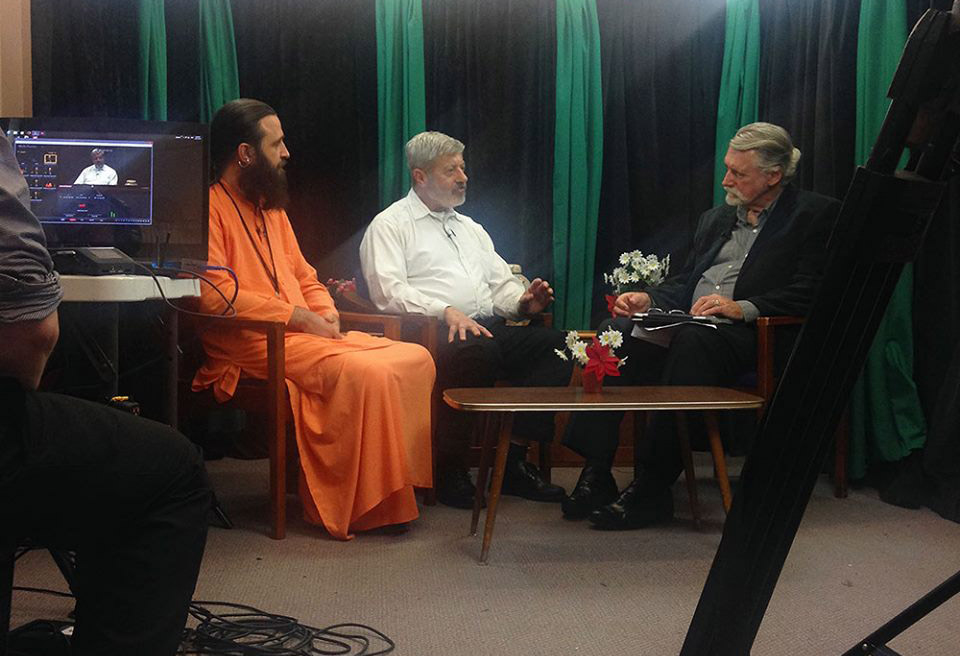According to the Pāṇini’s grammar, the term cakra comes from the root कृ / kṛ, meaning “movement”. Abhinavagupta, in the Tantrāloka (āhnika 19, ślokas 106-107), explains that the term is really from the root kṛ, but it also means vikāsa (expansion), tṛpti (satisfaction), paśotkartanātkṛtiśaktitaḥ (what cuts off the fetters and what is the power of activity). Further, he says that the term is connected with the root कस् / kas or कः / kaḥ, which is translated as “who,” by which denote Ātman, Brahman, light and much more in different sources. Abhinavagupta chooses the meaning of light, pleasure.
Based on these sources, I would deduce the following: kaḥ is Brahman or Ātman, and ṛ, which means “movement”, is Śakti. Since Brahman is infinite in nature, no matter what energies emanate from Him, they close on Him forming reverse or circular motions. This also has the principle of movement, repetition – japa in Sanskrit. Since this is natural for Śakti and Brahman, it can be called ajapa-japa. The circle symbolises infinity, it evenly embraces all sides, without emphasis on any one relative to the rest, hence probably, the principle of vairāgya, or liberation from fetters (pāśa) comes. Uniformity is possible only when there is a center in a circle or bindu, which means Ātman. Accordingly, if you take the cakras in the subtle body, then these are different spheres or levels of comprehension of Ātman. For example, Gorakṣanāth, in the Gorakṣa-vacana-saṃgraha (93-100), gives the practice of comprehending the Ātman in each cakra of your body. Not only cakras are arranged by the circle principle, but also channels of the subtle body, the movement of prāṇa in the iḍā and piṅgala occurs in a spiral. The circular movements are harmonious, they generate and accumulate prāṇa, while all “broken” and “ragged” ones (that are reflection of weak control and awareness) – destroy and waste power. Therefore, the cakra or cakras are essential elements of our spiritual development.








